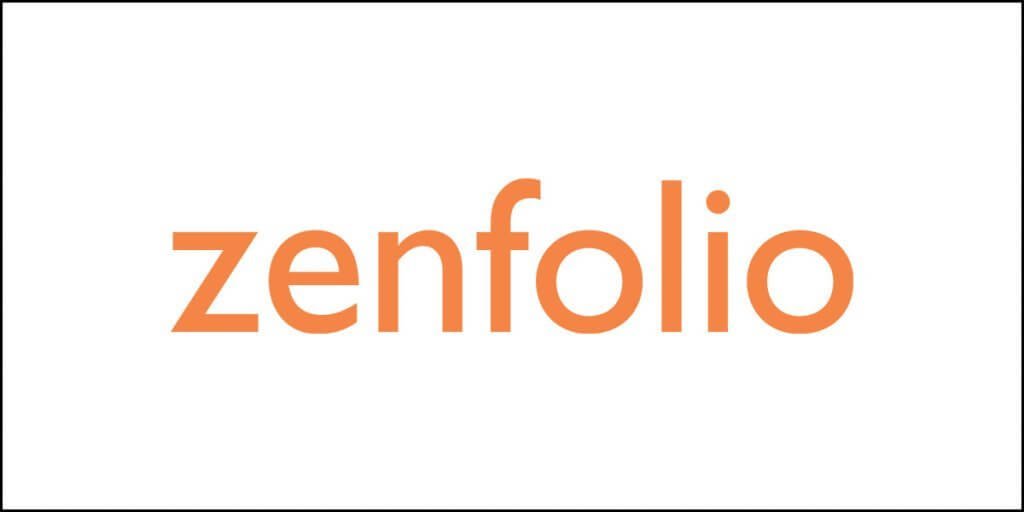It is no longer a hidden fact. Images make up the bulk of a webpage’s weight. So, if you are not optimizing your images properly, Google PageSpeed Insights is going to scream at you.
If you are not serving WebP or AVIF image formats, Google PageSpeed Insights is going to scream at you.
If your website loads slow, Google is going to punish you by pushing your website down in the SERPs.
Bottom line?
You need to have a fast website and you need to make sure that you are optimizing your images properly.
But how do you do that? How do you optimize the images? You can do that manually or you can go for a combination of manual and automated optimization.
Automated optimization always involves a third-party service. There are many know and plugins and third-party services that offer image optimization, WebP conversion, and image CDN.
I thoroughly reviewed ShortPixel and Optimole. Both have their strengths and fair share of weaknesses.
If you do not like either of them, I am going to give you a review of WP Compress – yet another image optimization service that comes with integrated hybrid CDN and even some extra features like CSS and JS optimization.
Yes, they have a free version available with limitations and their paid options start from $9 a month.
So, without further delays, let us begin with review. Ready?
About the Plugin’s Performance
The first thing you should test before using a plugin is how well-coded it is, and how much memory it consumes. You do not have to run any tests by yourself. You can check the test results from WP Hive that tests every plugin found in WordPress plugins repository.
In the tests it performed, WP Hive did not find any errors with the plugin. The plugin has no known PHP compatibility issues. It is compatible with the latest versions of WordPress and PHP.
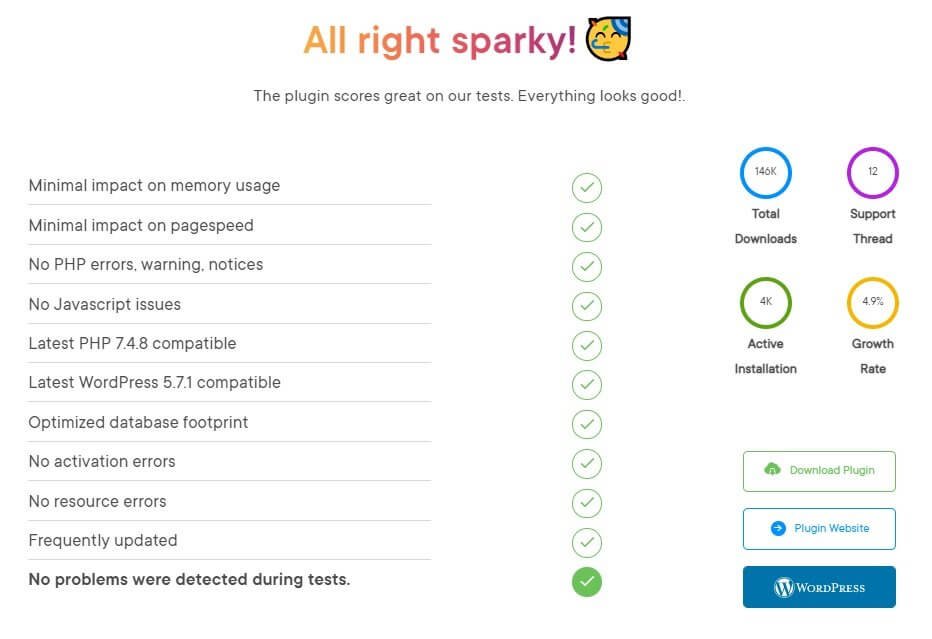
The plugin has minimal impact on memory usage. It uses only 149.05 KB of memory, making its memory consumption less than 99% of all the plugins you can find in WordPress plugins repository.
When you install any plugin, it adds to the page load time. WP Compress is no exception to this. It adds 0.2 seconds to the page load time, making it faster than 99% of the plugins you find in WordPress plugins repository.

Finally, if you investigate its database entries, the plugin adds only two entries in wp-options. It means that if you ever decide to remove the plugin, cleaning up the database will not be a challenging task at all.
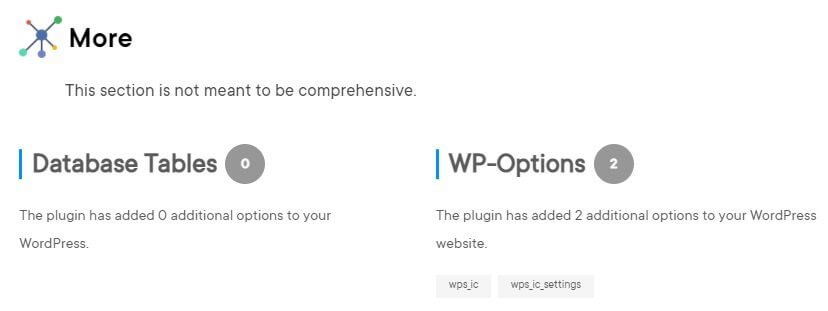
Overall, WP Compress is a very well-coded plugin that you can rely on.
Features Offered by WP Compress
What can you expect from this plugin? Well, it does have a lot of interesting features. Of course, image optimization is its core function, but you get more.
Let us find out what you can expect when you use this plugin but do remember that some of these features are available only and only when you become a paid customer. The free version will give you access to image optimization only.
Here is what you will get:
Real-Time Image Optimization
It refers to on-the-fly image optimization. Whenever you upload an image through WordPress media uploader, the plugin will download it to its server and optimize it and then serve the optimized image to the visitors.
There are three levels of optimizations available:
- Lossless: This gives minimum compression. It keeps the image almost pixel perfect as compared to the original image. It is recommended if and only if you are serving technical drawings or medical drawings where every detail matters.
- Intelligent: It is based on lossy compression, but the degree of compression is not extremely high. This compression method is recommended for most of the blogs and website.
- Ultra: It is also lossy compression, but with maximum compression possible. There will be a significant loss in image quality, and anyone can understand the difference. Though this method will give you the lowest file size possible, you should not be using it unless you do not care about the image quality.
Preserve EXIF Data
EXIF data refers to information like camera model, geo-location of the clicked images, focal length used, noise level, etc. This information remains embedded in images by default, but they are not visible to naked eyes.
For optimization, such data are removed to reduce the image size. If you want to retain such data, the plugin will allow you to do so. However, do not forget that preserving EXIF data will increase file size.
Adaptive Images
This feature of the plugin will serve scaled images depending on the screen size. It means that if a visitor is visiting your website using a mobile, the plugin will send an image that fits properly on the screen size. All the scaling takes place on their servers.
Adaptive images are always an excellent choice because that saves bandwidth for the users and at the same time, it also speeds up your website.
WebP Image Format
WebP is a next generation image format that was introduced by Google. As of today, over 99% of the browsers support WebP images. WebP images are way lighter than JPG, PNG, or GIF images. WP Compress will serve WebP images to visitors provided their browsers support WebP images.
Hybrid CDN
WP Compress will serve images through a CDN. CDN helps to improve website speed by delivering static files from servers that are close to the visitors. These servers are different from the origin server (where your website sits). The static files are cached and stored in CDN servers spread globally.
Lazy Loading
The plugin supports lazy loading of images, too. However, make sure that you are using this with caution. If you have lazy loading enabled by your theme or your caching plugin, you should not enable this option.
Custom CDN Domains and Free SSL
If you want a custom CDN domain for your website images, this plugin will allow you to use that too. However, working with a custom CDN domain will require you to setup the CNAME properly.
The plugin will also offer free SSL for your custom domains to ensure that your website is not serving unsecured assets.
Retina Device Support
If you are serving retina-ready images as well, the plugin will support that, too and optimize them for retina devices.
Other Features:
- If you are using SVG images, the plugin will serve them through CDN.
- The plugin will optimize CSS and deliver them through CDN.
- The plugin will also optimize JS files and deliver them through CDN.
- WP Compress also supports external URLs like Offload, S3, etc.
- It also offers preloading of assets that improve the perceived load times of a page.
- The plugin has certain agency features that allows agencies you use the plugin for client websites from a centralised dashboard. The agency feature also allows email reports and white label PDF reports.
WP Compress Installation and Ease of Use
WP Compress has both WordPress version and universal version. The universal version is for those websites that do not use WordPress. However, since this review focuses on WordPress users, I will walk you through the plugin installation and its ease of use.
Here are the installation and setup steps:
Step 1: Install and Activate
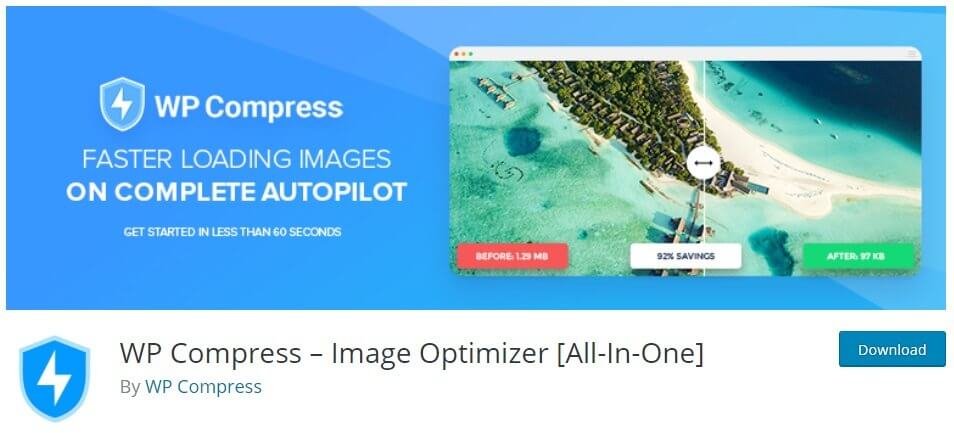
The plugin is available for free from WordPress repository. It means that you can install it directly from your WordPress dashboard by going to Dashboard >> Plugins >> Add New.
Use the search function and install the plugin. Once you install it, activate it just as you do for any other plugin.
Alternatively, you can always download the plugin from WordPress plugins repository and upload it to your server.
Step 2: Plugin Setup
Once you activate the plugin for the first time, it will ask you to provide the access key. You can get the access key by creating a free account with WP Compress.
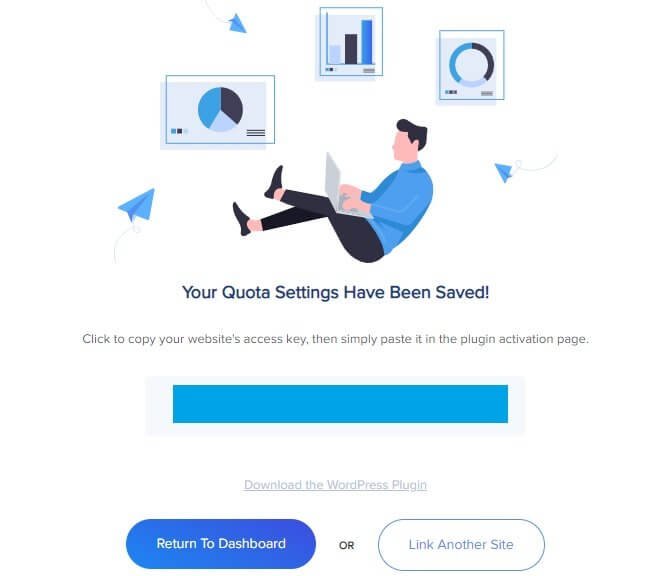
Once you grab the access key (it is an alpha-numeric string of characters), you must copy it from WP Compress website and paste it in your WordPress plugin’s dashboard.
Once you paste it, the plugin will start validating the access key. During the validation process, you will see this screen:
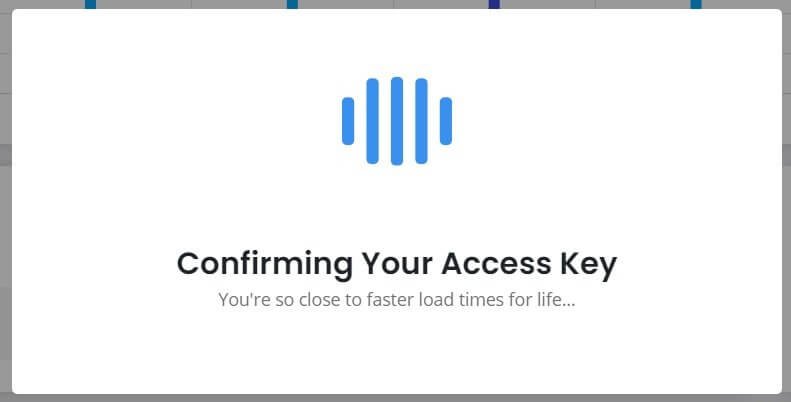
After the plugin confirms your access key, it will ask you to choose the optimization mode.
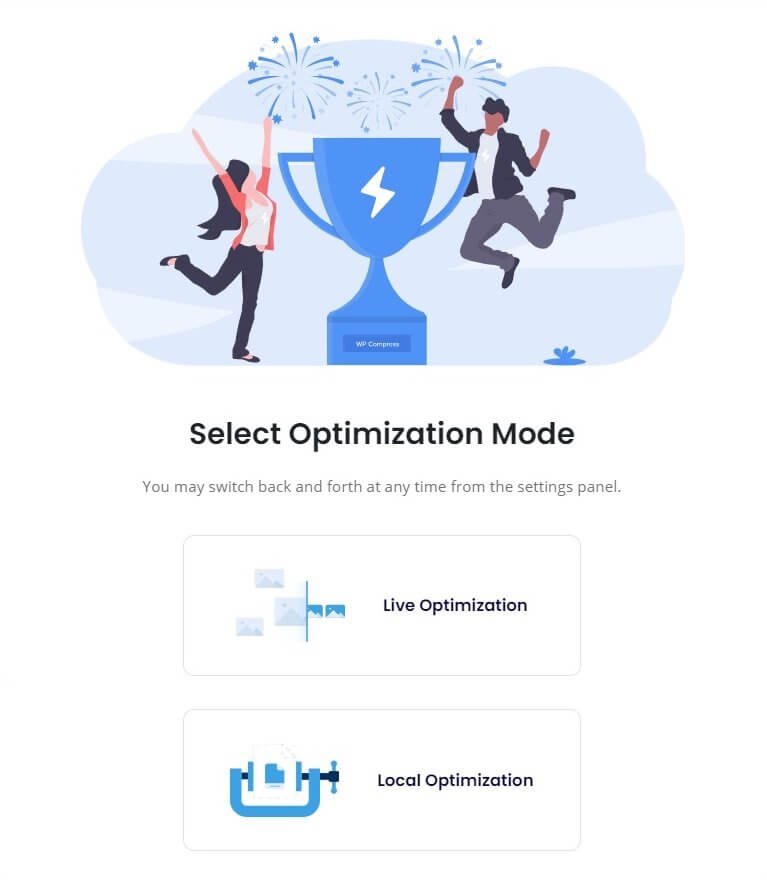
The two options available are Live Optimization and Local Optimization. In Live Optimization, the plugin will connect to WP Compress server and download all the images to their server where it will optimize all images on-the-fly. Along with that, the service will also generate adaptive images, produce WebP versions, provide retina support, and offer lazy loading
Local Optimization will mean that the images will be optimized on your server. You can compress all images from the media library, which will also optimize the thumbnails generated by WordPress. Additionally, it will also create WebP formats.
You should go for Live Optimization, but you can always switch to Local Optimization if you want.
Once you have selected the optimization mode, the plugin will how you a demo dashboard. Live data will be populated as and when the plugin performs Live Optimization.
Step 3: WP Compress Dashboard Settings
The plugin dashboard is very neat and easy to understand. This is what the dashboard looks like with live data:
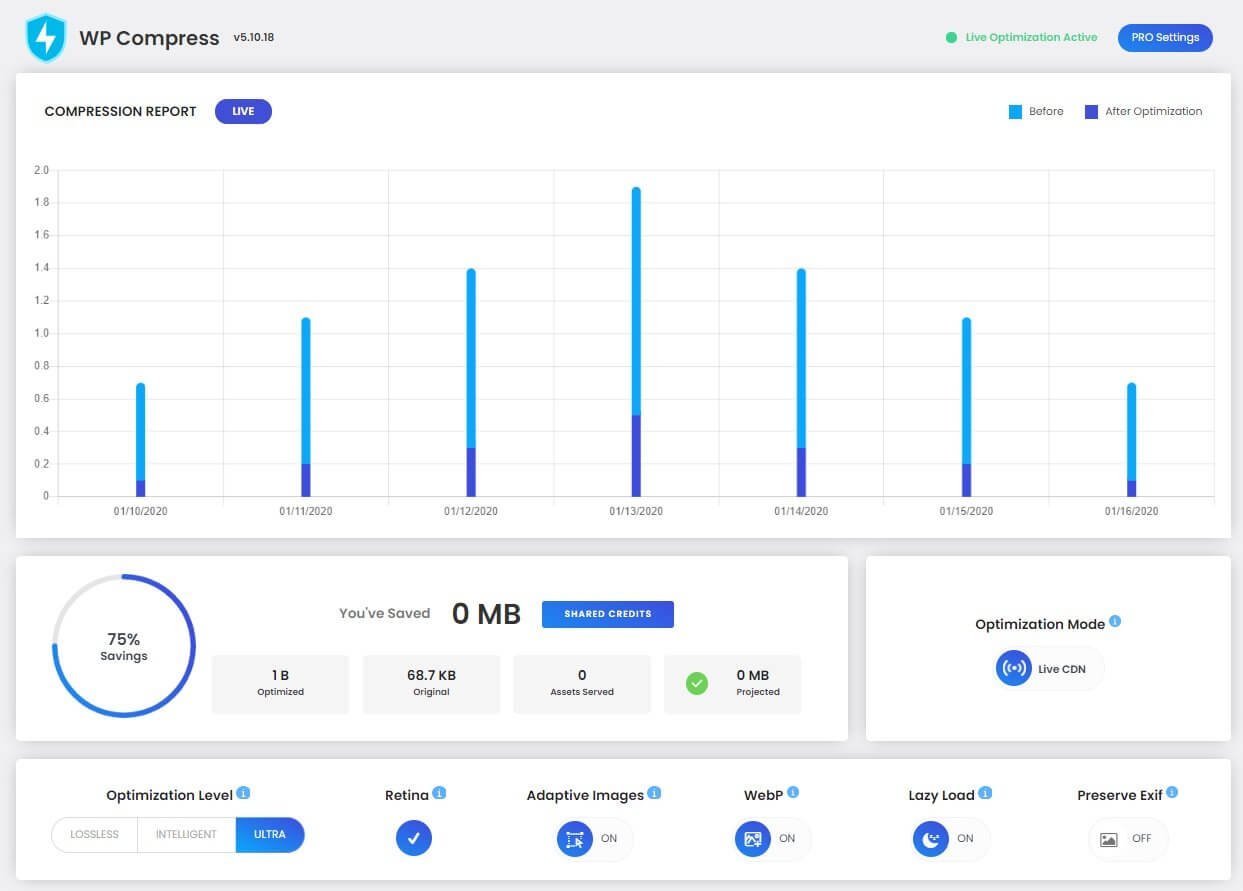
The dashboard will give you the option of selecting the Optimization mode. As you can see, I have left the mode to Live CDN, but you can flip it to enable Local Optimization:

You can select the optimization level, enable retinal support, adaptive images, WebP format, lazy load, and preserve or remove EXIF data. The options are available right at the bottom of the dashboard. Here is a closer look:

You can enable or disable features simply by flipping the toggle switch.
Step 4: Settings for Pro Features
If you have a Pro account (that is, you are a paid member of the service), you can enable certain pro features by clicking on the button on the top righthand corner of the dashboard.
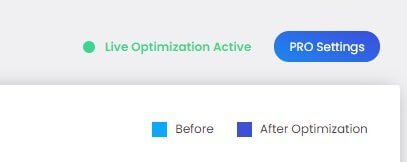
Clicking on the button will give you diverse options. Here is what you will see:
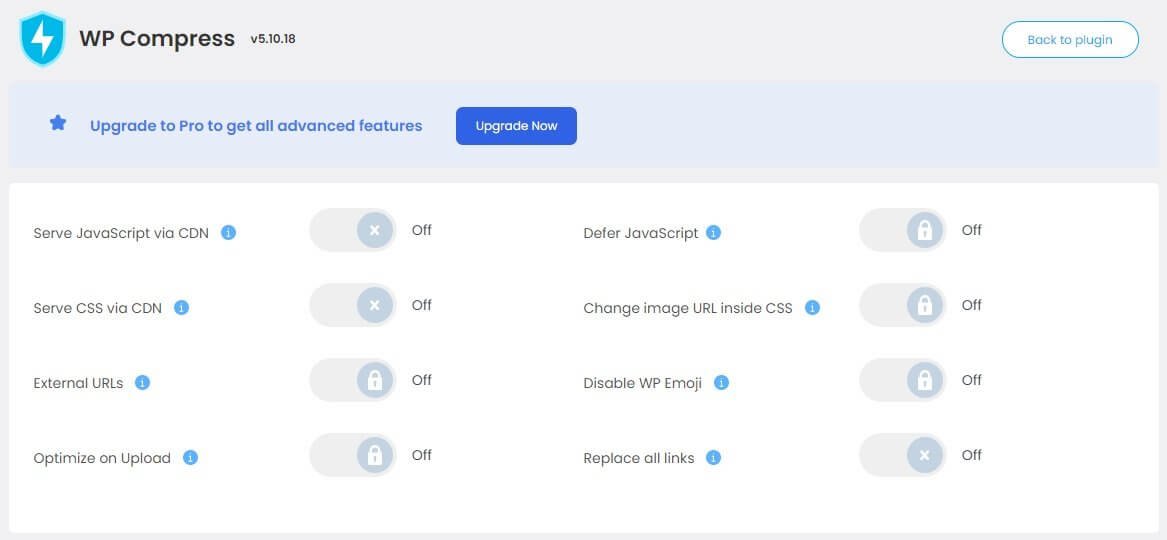
Note that you can get the options for serving JS via CDN and serving CSS via CDN without upgrading to the pro version.
The rest of the options are locked (you can see the lock icon) and they will become available only when you upgrade.
Switching to Local Optimization
If you stay with Live Optimization, the media library will only show you the list of images you have with the option for excluding images from optimization. That is all that you can do.

Everything else is automated!
However, if you switch to Local Optimization from the plugin dashboard, you will get the option for compressing images through the media library.
The moment you switch with Local Optimization, you will see how many images you can optimize using the free plugin.

Local Optimization also enables the option for bulk optimization. You can find the option at the very top of the plugin dashboard.
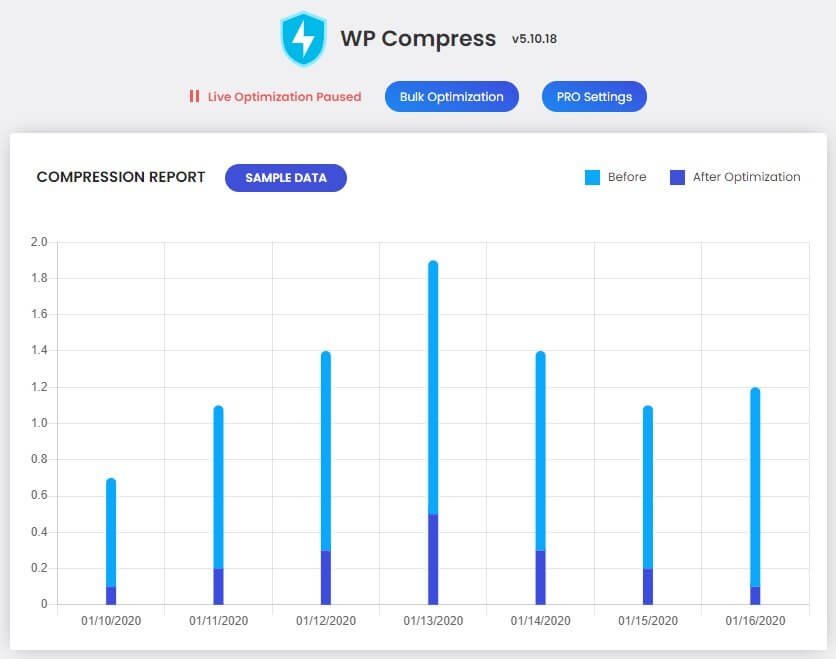
If you visit the media library, you will find the option for individually optimizing each image.
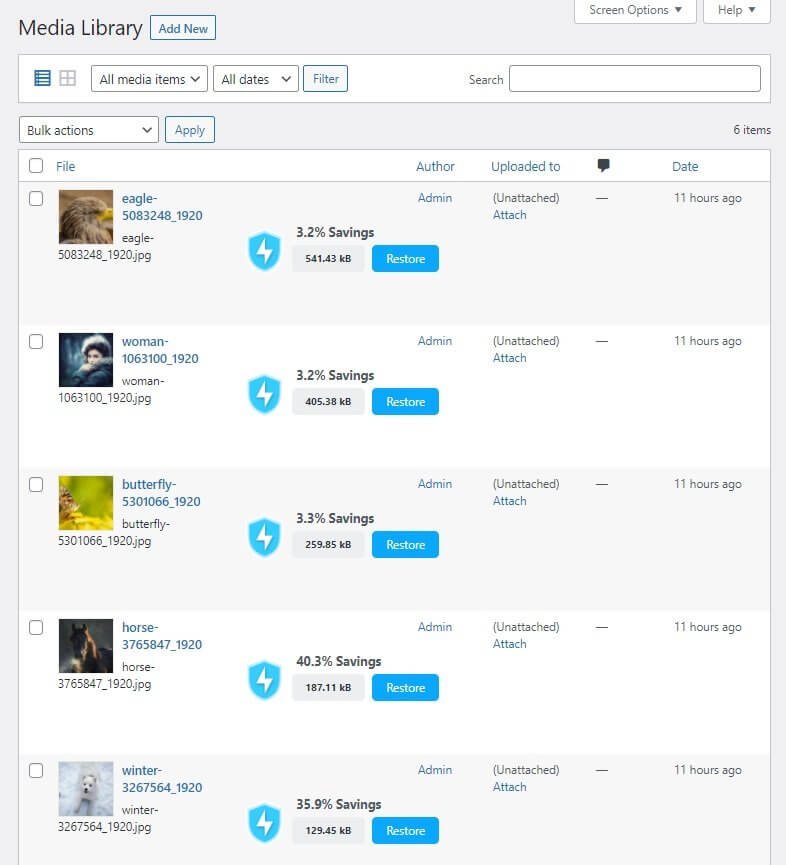
All the images that you have compressed will show you the percentage of savings. You will also get the option for restoring the original versions of the images.
Uncompressed images will show you the option for compressing or excluding from optimization. It will also show you the total size of each uncompressed image.

In the plugin dashboard, when you click on the Bulk Optimization button, the plugin will show you the number of uncompressed images left and the number of compressed images found.
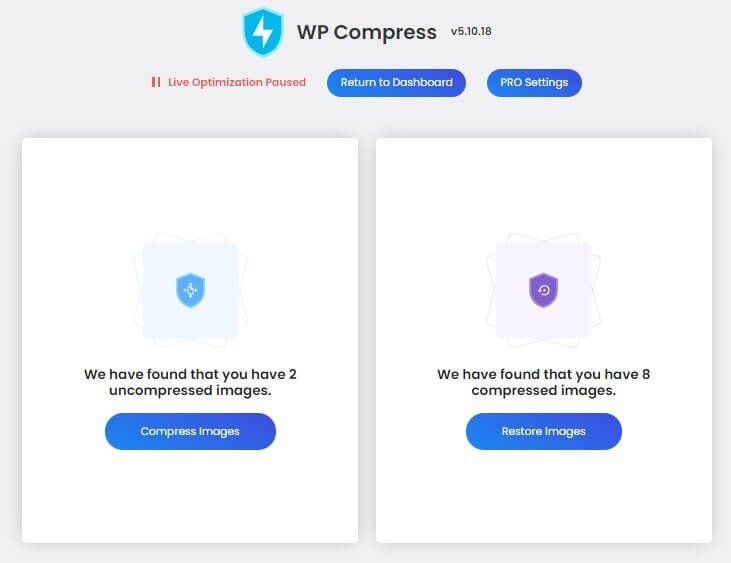
Clicking on the “Compress Images” button will show you the compression in progress with some valuable data and a comparative view of the uncompressed and compressed images.
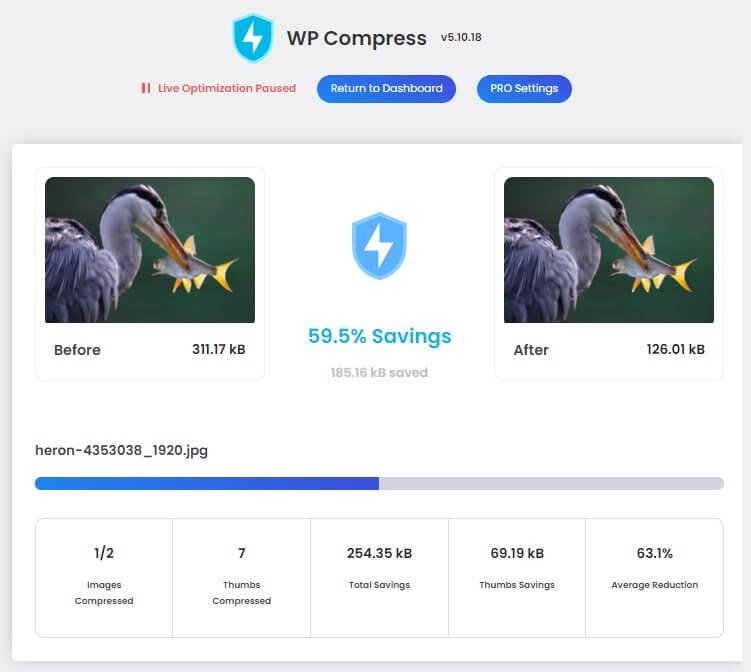
Interestingly, this side-by-side image comparison will show for every image during the compression process.
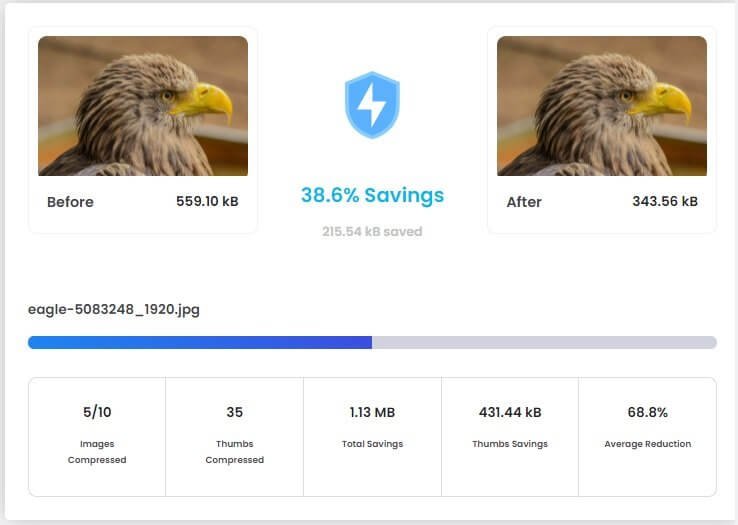
Once all images are compressed, you will see the overall savings, number of thumbnails that were compressed, and average reduction percentage.
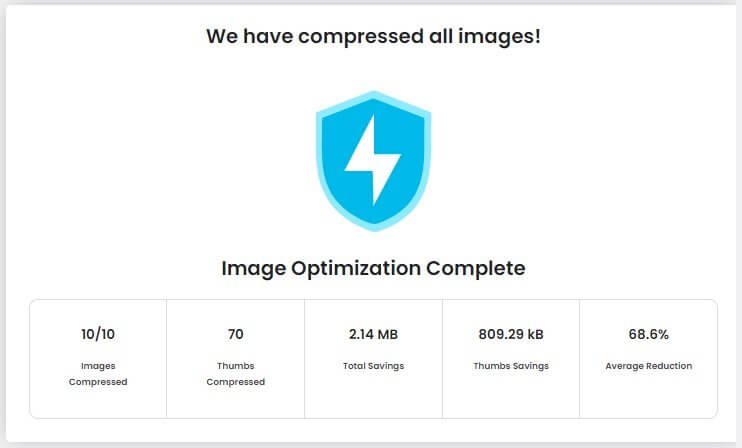
Image Restoration
WP Compress will allow you to restore the images back to their original size. To activate bulk restoration, you need to go back to the plugin dashboard and then click on bulk optimization where you will see how many images are uncompressed and how many have been compressed.
You can find the restoration option there.

Once you click on the Restore Images button, you will see the restoration in progress.
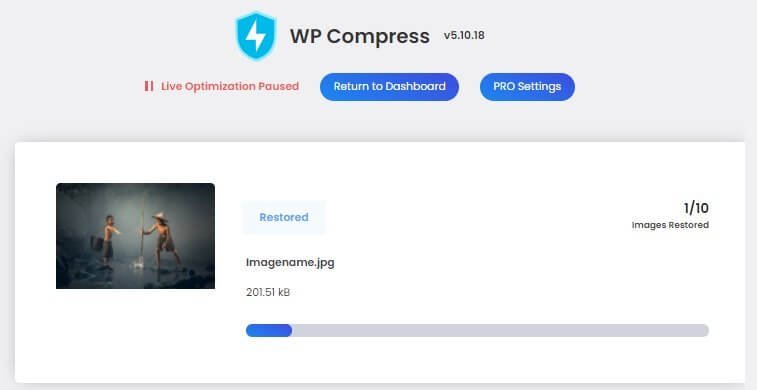
Lossless vs. Intelligent vs. Ultra
Here, I will show you the difference in compression levels offered by WP Compress. I will compress the same image thrice using the three different compression methods available and compare them with the actual image.
Lossless Compression
Here is the original image before lossless compression:

Here is the image after lossless compression:

The original size of the image is 201.51 KB.
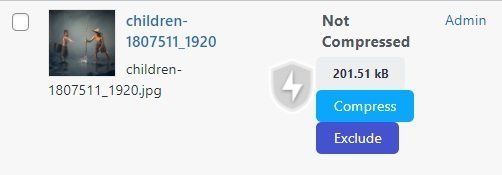
Once I run the lossless compression, the image size reduces by 12.9% and comes down to 175.56 KB.

There is no visible change in the image quality and the two images look identical.
Intelligent Compression
The intelligent compression came in as a bit of a surprise. I was expecting way more reduction in size compared to lossless reduction. Unfortunately, that did not happen.
In fact, lossless gave a much higher savings percentage. With intelligent compression the savings was merely 2.9%

Here is the image I obtained after intelligent compression:

Again, there was no visible change in the image quality, and it looked almost identical to the original.
Ultra Compression
The ultra compression gave the maximum compression as expected and the image size came down to 127.48 KB. That was as saving of 36.7%.
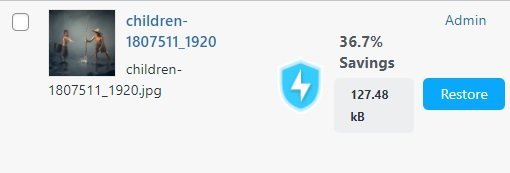
Here is how the image looked after ultra compression was applied:

Looking closely, you will notice a lot of graininess. Yes, the image show visible signs was quality drop, but not so much that it becomes visible without comparing it with the original image.
Only when you zoom in, the pixelated edges become strikingly clear in the image version compressed with ultra compression mode.
But still, the image remains very acceptable with the quality not degrading so much that it become unbearable.
In fact, this was true for every image I compressed using the ultra mode. Not only was there a massive reduction in the image size, but also, the image quality was good enough for web use.
I tested 10 images using the ultra compression mode and the average saving stood at 47.39%. That was a commendable reduction.
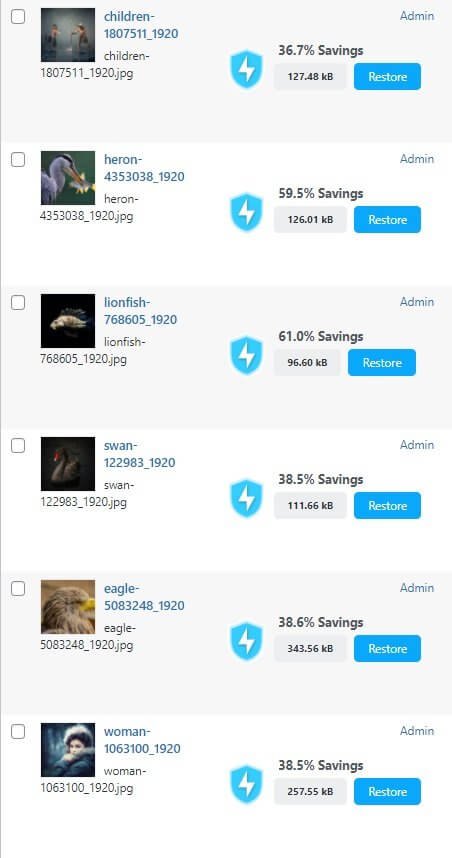
However, I could not replicate a situation where I experienced up to 86% reduction as advertised by the developers. The maximum savings I could hit was 61%, which is quite brilliant.
This is what the company advertises on its home page:
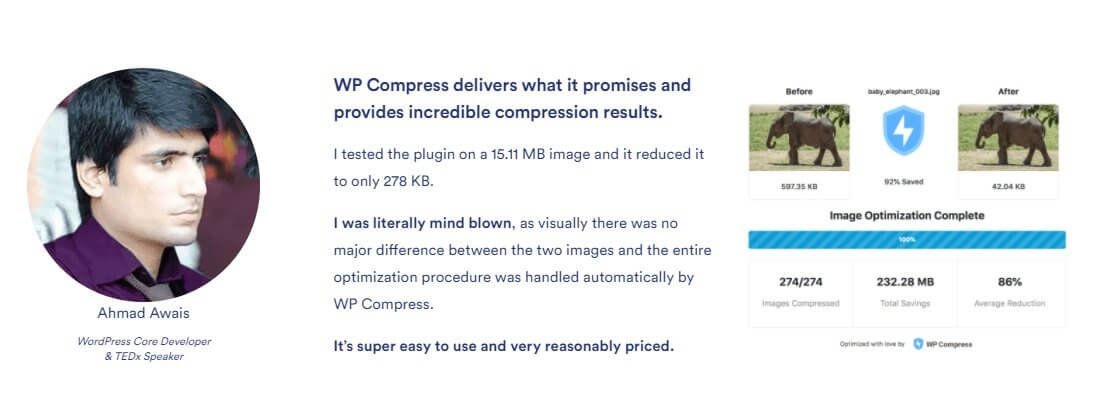
I found that to be somewhat falsified and misguided data and advertisement of the service’s capabilities.
Pros and Cons of WP Compress
From my hands-on experience with the plugin, here is what I found:
The Pros
- Offers an amazingly simple interface that is extremely easy to use.
- The compression level achieved is quite satisfactory (only when you use ultra compression mode).
- Everything is automated in live CDN mode. You just have the upload the image to your website. The plugin will take care of the rest. It is a true hands-free experience.
- They offer a CDN service for images, JS, and CSS files.
- The plugin offers adaptive image delivery, which is a great option to boost website speed on smaller screens.
- The plugin also converts images in WebP format.
- Both lazy loading and retina support are available.
The Cons
- The compression level is not high as advertised.
- You can get maximum compression only in ultra mode.
- The intelligent mode is not so intelligent after all. The compression achieved by lossless mode is more is than compression achieved by the intelligent mode. It is quite surprising because the company recommends using the intelligent mode.
WP Compress Pricing Plans
The company offers three different plans – Personal, Professional, and Agency Pro.
The Personal Plan:
- Costs $9 a month
- Offers 100,000 image optimization credits per month.
- Allows connecting 5 sites.
The Professional Plan:
- Costs $29 a month.
- Offers 1,000,000 image optimization credits per month.
- Allows connecting 25 sites.
The Agency Pro Plan:
- Costs $99 a month.
- Offers 5,000,000 image optimization credits per month.
- Allows connecting unlimited sites.
They also have one-time credits available. There are three credit packs available:
Small Pack:
- One-time payment of $29.
- Serves 1 million live optimization requests with unlimited CDN bandwidth.
- Allows 50,000 local image optimization in bulk or autopilot mode.
Medium Pack:
- One-time payment of $99.
- Serves 5 million live optimization requests with unlimited CDN bandwidth.
- Allows 250,000 local image optimization in bulk or autopilot mode.
Large Pack:
- One-time payment of $249.
- Serves 15 million live optimization requests with unlimited CDN bandwidth.
- Allows 750,000 local image optimization in bulk or autopilot mode.
These credit packs are called overflow credits and they never expire.
Conclusion
WP Compress is a great plugin. Somewhat like Optimole, it allows hands-free operation after the initial configuration. However, opting for its intelligent optimization mode might not be an ideal thing to do. I will suggest that you test the optimization levels using local optimization before you select a mode for live optimization.
Here are some important suggestions that you may like to follow:
- Try to perform the first round of optimization manually. Your target should be to achieve a final optimized size of no more than 50 KB per image.
- Do not use exceptionally large images. The images I used in this review were all 1920p images. The images you use on your website need not be that large. 600 to 800 pixels width should be enough. So, resize your images before you upload them to your site.
- If you are settling for WP Compress, use ultra mode in local optimization format and check the quality you are achieving. If you are satisfied, settle for it in the live optimization method. Your website images need not be remarkably high quality (unless you have a photography site).
Yes, plugins like these helps, especially with WebP conversion, but they might not always be the right solution for your needs. So, try manual optimization and master it. It helps!
